Walnuts are the fruit of the Walnut tree, from the family of the same name. It is high in calories, but very good for your health. The walnut kernel consists of two equal fleshy parts. They are off-white in color and covered with a thin, light brown skin and are partially attached to each other. The nuts themselves are enclosed in round or oblong shells that are brown in color and hard to break.
The nut is cultivated on a tree and usable parts of it are the leaves, fruits and outer layers of the green fruit.
Composition of walnuts
Walnuts are an excellent source of omega 3 fatty acids. Walnuts are also a very good source of manganese and a good source of copper. In addition, walnuts contain an antioxidant and phytochemical ellagic acid. 25 grams of walnuts contains 163 calories, 3.81 g protein and 16.30 g fat.
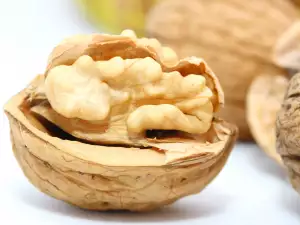
In terms of vitamin C, walnuts are superior to blackcurrant and citrus. They are rich in vitamin A, C and E, and many micronutrients. They are very rich in protein and fat, iron, magnesium, phosphorus and other minerals. Walnut leaves are high in iodine.
Types of Walnuts
Although there are many types of walnut trees, three main types of nuts that are consumed: English (or Persian) walnut, black walnut and white walnut.
English walnut has a thin shell that breaks easily. The black walnut shell is thick and has a much sharper flavor. White walnut has a sweet taste and has more fat than the other two types, although not as prevalent as they are.
The English walnut originated from India and areas around the Caspian Sea, and is therefore known as the Persian walnut. In the fourth century, the Romans put walnuts in many European countries, where they began farming. Throughout history, the walnut trees are very honored because their uses include food, medicine, shelter, paint and lamp oil.
Black and white nuts come from North America, and in particular the valley of the Central Mississippi and the Appalachian region. Today, the leading commercial producers of walnuts are the U.S., Turkey, China, Iran, France and Romania.
Selecting and storing walnuts
When purchasing whole walnuts, which are with their shell, it is necessary to select those that feel heavy for their size. Their shells should not be cracked, pierced or stained, it is often a symptom of mold in the walnuts.

Due to its high content of polyunsaturated fats, walnuts are extremely perishable and care should be taken during storage. Shelled walnuts should be stored in an airtight container in the refrigerator where they will stay edible for six months, or in the freezer, where they will keep for up to one year. Walnuts without shells should preferably be stored in the refrigerator, where they will stay fresh for six months.
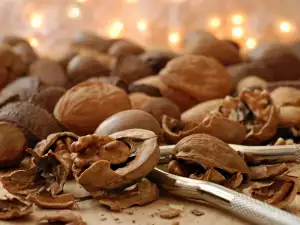
Culinary use of nuts
Walnuts can be eaten both raw and roasted. They are a great addition to granola and oatmeal, to paste and salads. Use in protein shakes, being especially suitable for adding them tarator, lettuce, fat-free cottage cheese or mozzarella. Walnuts are used in the preparation of traditional stuffing for carp. They provide walnut liqueur and jam.
Types of food that can be derived from nuts are walnut oil, walnut flour and walnut essence. They can be eaten and dried. They complement a great number of sweets and desserts. One of the most popular desserts is yogurt with honey and nuts, or baklava with walnuts.
Walnuts are a very high calorie food so in compliance with your diet, you should not consume more than 30 grams per day. Even this small handful are enough to accelerate your metabolism.
Benefits of walnuts
- The inclusion of walnuts in the diet may be an important step to improve the cardiovascular system. Walnuts are an important source of monounsaturated fat, about 15% of their fats are healthy monounsaturated fats.
- High levels of antioxidants in walnuts can be the key to cardiovascular protective effects;
- Individuals who consume large amounts of foods containing omega-3 polyunsaturated fatty acids such as walnuts, do not suffer from high blood pressure;
- Walnuts improve cholesterol levels in people with diabetes type 2;
- Walnuts help reduce the levels of several molecules that promote the development of atherosclerosis;
- Walnuts, a rich source of omega-3 fatty acid, have alpha-linolenic acid that helps improve the function of arteries after eating food with a high fat content;
- Walnuts are often cited as "brain food" because of their high concentration of omega-3 fats. The human brain is more than 60% structural fat. In order for the brain cells to function properly, these structural fats need to be primarily omega-3 fats contained in nuts and fish.
- Walnuts help prevent the formation of gallstones;
- Walnuts are a source of melatonin;
- Walnuts are rich in omega-3 fats protect the bones;
- They reduce the risk of weight gain.
Dangers of walnuts
They are one of the foods that cause allergies. One of the most severe allergic reactions is to nuts. Sensitivity to them is very high, even in small quantities. They can cause severe swelling in the larynx, severe stomach pain, diarrhea, vomiting, urticaria, asthma and severe anaphylactic shock.
Folk medicine with walnuts
For centuries, walnuts are used in folk medicine as an excellent remedy against fatigue and to restore power. Avicenna himself was recommended honey with crushed walnuts against diseases associated with exhaustion of the body.
Rolling a walnut in your palms is a powerful tool against twitching. Walnut leaves are also found in many popular recipes. Collected in June leaves are used as a weapon against skin diseases, eczema, skin cancer. Decoction of the leaves helps with angina.
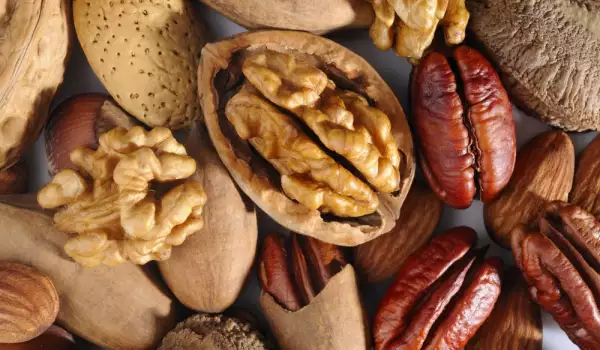
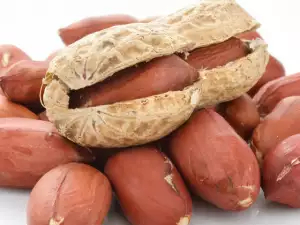
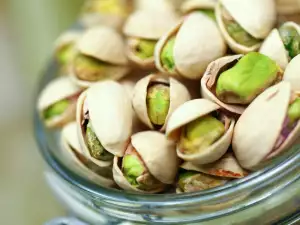
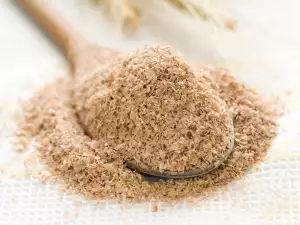
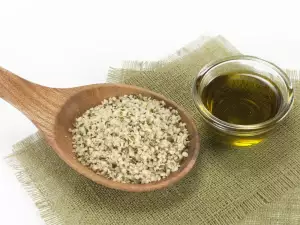

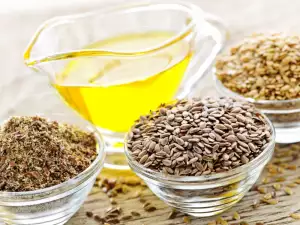
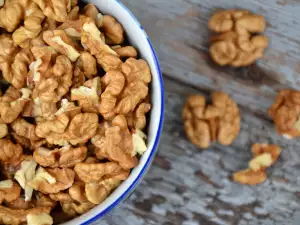

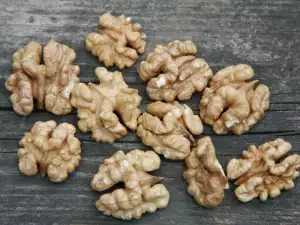
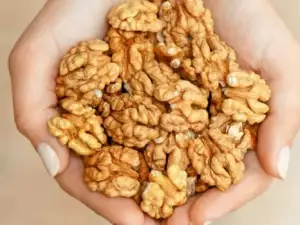
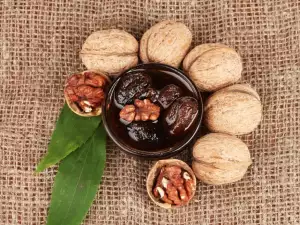

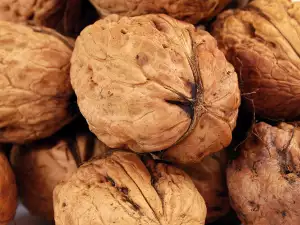




Comments